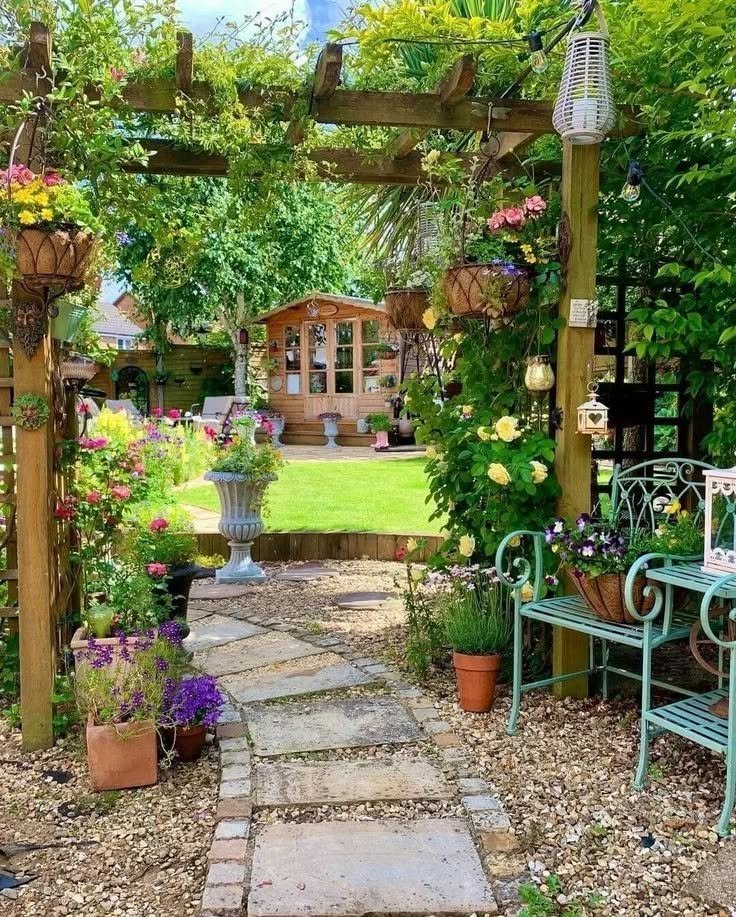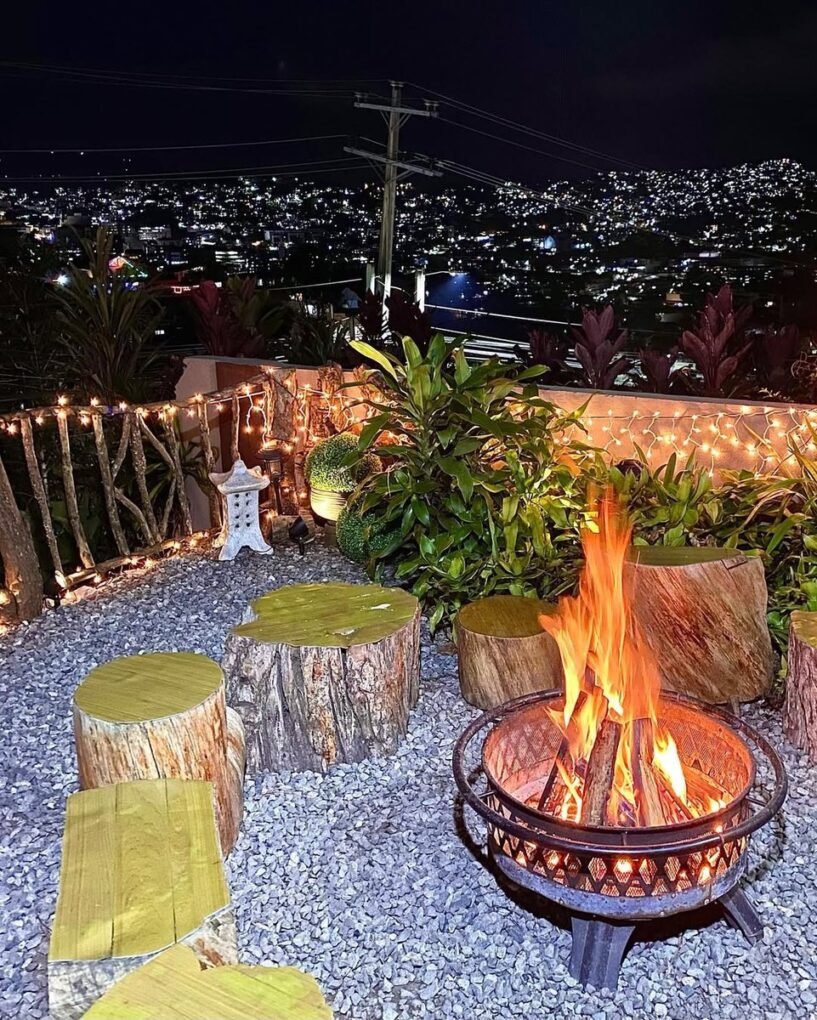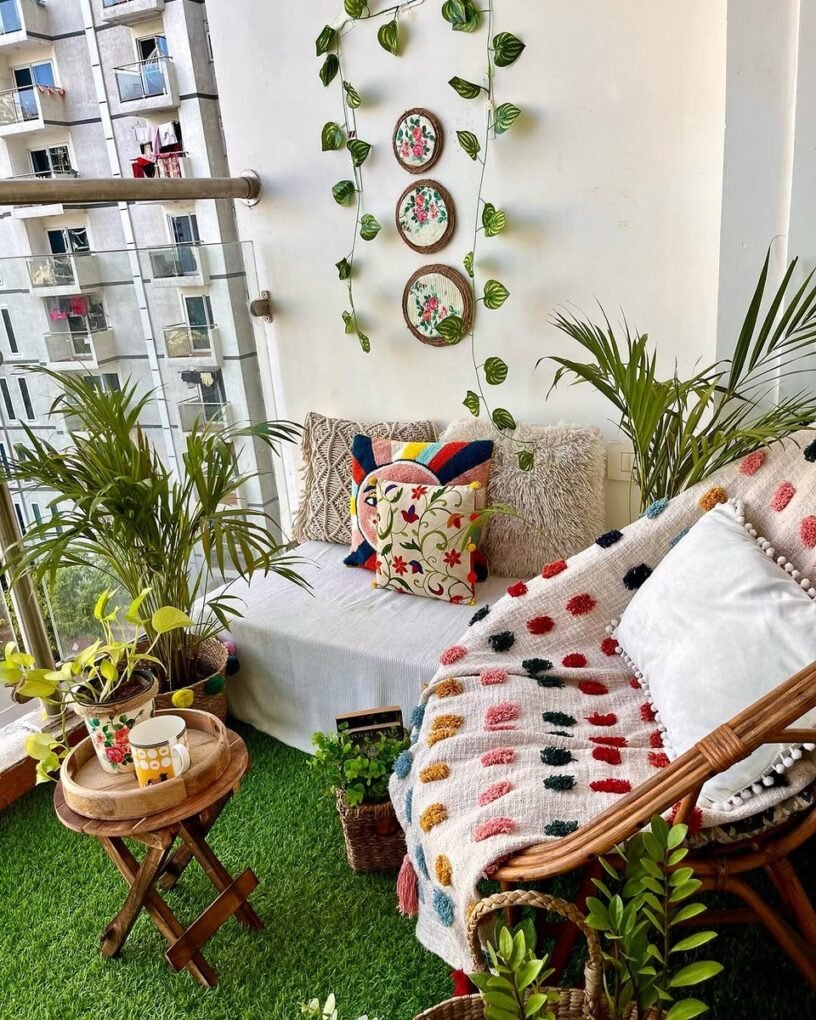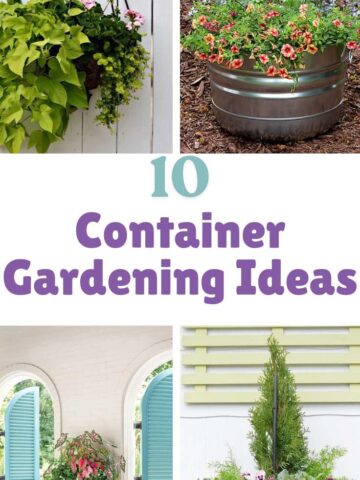Imagine stepping out into your own little slice of paradise, where fragrant lavender sways gently in the breeze, roses tumble effortlessly over an archway, and every winding path invites you to linger. That's the undeniable allure of a French Cottage Garden – a style that whispers of romance, quiet charm, and a beauty that feels wonderfully untamed, yet utterly harmonious. It's less about rigid formality and more about abundant, natural grace, creating an outdoor space that feels like a warm, comforting embrace.
If you've ever dreamt of transforming your backyard, patio, or even a compact balcony into a picturesque haven reminiscent of the French countryside, you're in for a treat! The French cottage garden aesthetic is all about embracing lush planting, whimsical details, and a timeless appeal that makes every corner feel like a discovered treasure. It’s about creating a living, breathing artwork that delights the senses and soothes the soul. Ready to bring this dreamy vision to life? Let's explore the essential French Cottage Garden Ideas to inspire your very own romantic retreat.
The Essence of French Cottage Garden Design: Effortless Charm
1. The "Effortless" Abundance: Lush & Layered Planting
The very heart of any French cottage garden lies in its abundant, seemingly effortless planting style. Forget rigid rows or stark empty spaces; here, you want to embrace layered blooms, intermingling textures, and a generous mix of flowers, aromatic herbs, and even charming vegetables. It's about creating a soft, full look that cascades and invites pollinators, feeling wonderfully natural and inviting.
- Romantic Roses: Absolutely no French cottage garden is complete without roses! Opt for rambling climbers that tumble gracefully over walls and arbors, or fragrant shrub roses bursting with classic blooms. Varieties in soft pinks, whites, creams, and delicate light yellows are absolutely perfect for this aesthetic.
- Fragrant Lavender: Beyond its iconic, soothing scent, lavender adds beautiful purple hues and attracts a symphony of bees and butterflies. Plant it in swathes along pathways, in sunny borders, or in charming terracotta pots.
- Tall & Triumphant Flowers: Incorporate towering delphiniums, stately foxgloves, majestic hollyhocks, and fluffy peonies to add incredible vertical interest and a sense of old-world charm and grandeur.
- Aromatic Herbs: Mix in practical and wonderfully aromatic culinary herbs like rosemary, thyme, sage, oregano, and mint. Not only are they useful in the kitchen, but their unique textures and invigorating scents truly enhance the garden's sensory experience.
- Whimsical Edibles: Don't be afraid to tuck in cheerful tomatoes, crisp lettuces, or vibrant nasturtiums (which have edible flowers!) among your ornamental plants for a truly authentic, productive, and charming feel.
2. Charming Pathways & Soft Borders
The paths in a French cottage garden are less about grand, imposing statements and more about inviting exploration and gentle discovery. Think natural, permeable materials that blend seamlessly with the lush surroundings, rather than stark, defined lines.
- Gravel Paths: Crushed gravel creates a satisfying crunch underfoot, drains well, and lends an informal, rustic, and very authentic feel.
- Stepping Stones: Irregularly shaped stone pavers can create a charming, meandering path that encourages a leisurely stroll.
- Soft Edging: Rather than harsh, defined borders, allow plants to gently spill over the edges of pathways and flowerbeds. Low-growing herbs like creeping thyme or soft perennials work beautifully for this wonderfully informal look.
3. Rustic Architectural Details & Vintage Touches
These thoughtful elements add essential structure, character, and a delightful hint of history, making your French cottage garden feel established and soulful.
- Trellises & Arbors: These are absolutely essential for climbing roses, delicate clematis, or fragrant wisteria. They add beautiful vertical charm and create enchanting, romantic gateways or focal points.
- Wrought Iron: Look for weathered wrought iron benches, gates, or decorative elements. The charming patina of age adds immensely to the romantic and lived-in aesthetic.
- Vintage Finds: Seek out old terracotta pots, antique watering cans, weathered wooden benches, or even a rustic wheelbarrow. These can serve as charming focal points, unique planters, or simply add character.
- Stone Walls: If your space allows, incorporate natural stone walls or low stone borders. These add a classic European feel and a sense of enduring solidity.
4. Cozy Seating Nooks for Languid Moments
A French cottage garden isn't just for looking; it's for truly living and enjoying. Create intimate, inviting spots where you can relax, read a good book, enjoy a cup of tea, or simply soak in the beauty and tranquility.
- Bistro Sets: A small wrought iron or painted wooden table with two chairs is perfectly charming for morning coffee or an intimate chat.
- Weathered Benches: Tucked away amidst fragrant blooms, a simple, rustic bench invites quiet contemplation and moments of peace.
- Hidden Corners: Look for secluded spots naturally created by dense planting or an archway. These are ideal for a private moment of reflection.
5. The Dreamy Color Palette: Soft Hues & Natural Pops
The dominant colors in a French cottage garden tend to be soft, romantic, and reminiscent of classic paintings.
- Soft Pastels: Pinks, lavenders, pale blues, creams, and crisp whites are foundational, creating a serene and cohesive look.
- Natural Greens: The lush, abundant foliage itself forms a rich, calming backdrop that allows the blooms to truly shine.
- Vibrant Accents: Occasional pops of stronger color (e.g., a deep red climbing rose, a bright blue delphinium) provide delightful, surprising accents without overwhelming the overall serenity.
6. Scent is Paramount: A Sensory Journey
A truly authentic French cottage garden is as much about how it smells as how it looks. Fragrance is a key element that evokes memory and emotion.
- Fragrant Flowers: Choose highly scented roses, sweet-smelling jasmine, delicate sweet peas, and intoxicating lilies to ensure the air is always perfumed.
- Aromatic Herbs: Plant herbs where they can be easily brushed against – along paths or near seating – to release their invigorating oils and scents.
- Climbing Plants: Place fragrant climbers like honeysuckle or climbing roses near seating areas or windows to bring their delightful perfume indoors on a warm breeze.
Creating a French cottage garden is a true labor of love, but one that rewards you with endless beauty, profound peace, and a tangible connection to nature's gentle rhythms. It's about embracing imperfection, allowing things to grow a little wild, and finding joy in the vibrant abundance of life. Whether your outdoor space is expansive or a cozy corner, these French Cottage Garden Ideas offer a beautiful blueprint for creating a personal sanctuary that will whisper tales of romance and charm for years to come.
So, roll up your sleeves, breathe in the fresh air, and let your imagination bloom! Which element of the French cottage garden aesthetic captures your heart the most? What fragrant flower or charming detail would you add first to your dream garden? Share your thoughts below – let's inspire each other to cultivate beauty!
15. Weathered Garden Gate
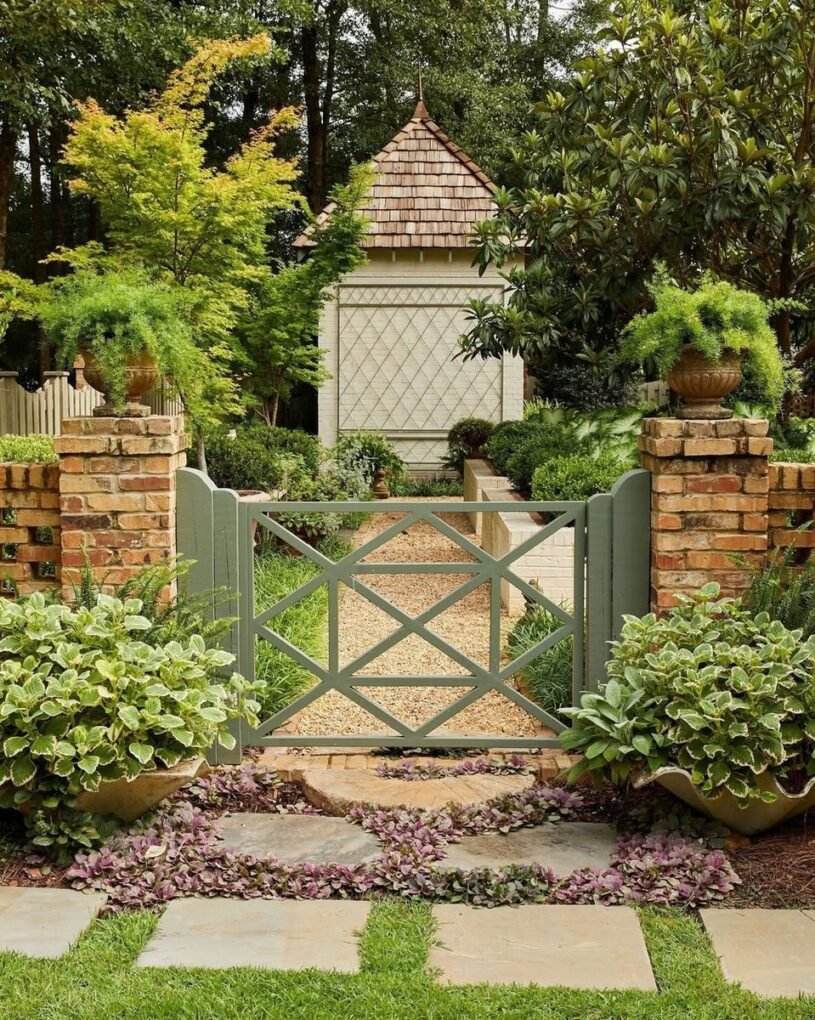
14. Moss-Covered Stones
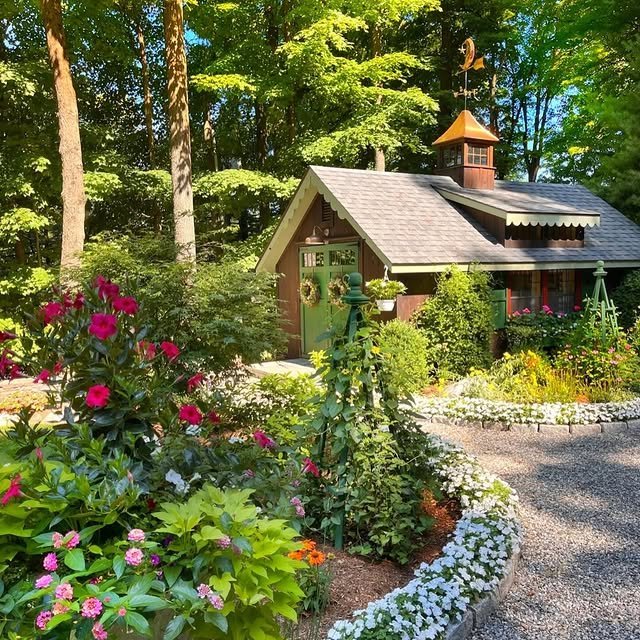
13. Soft Pastel Flower Palette
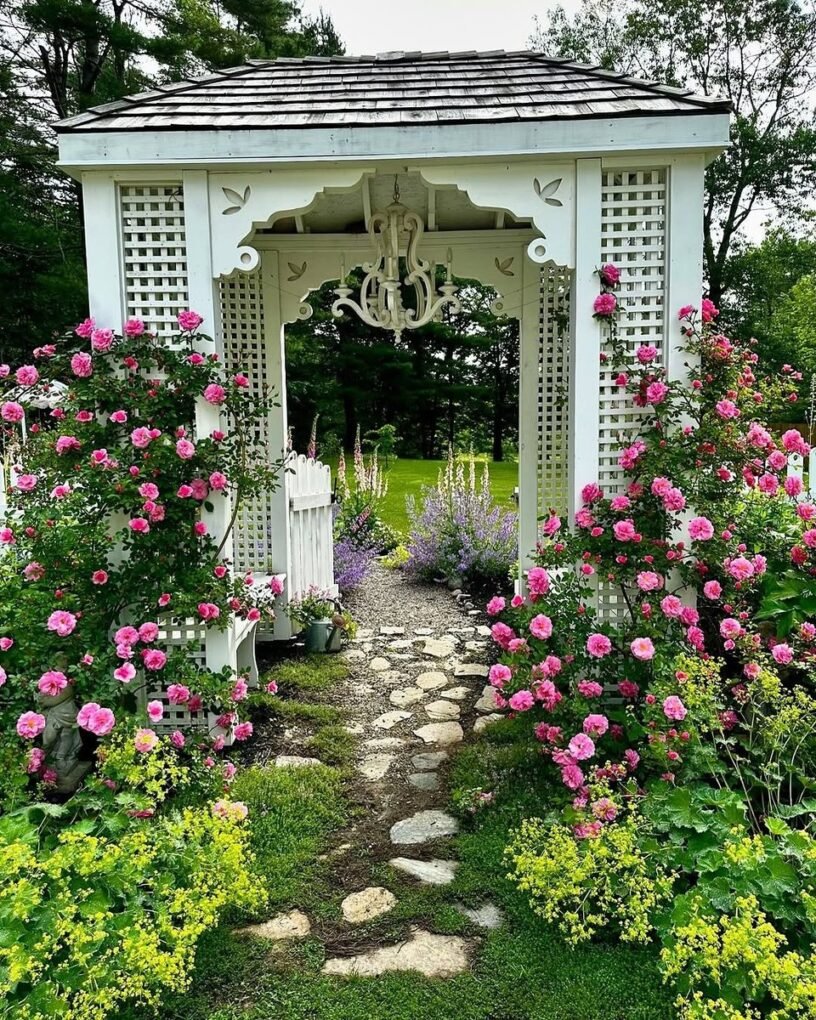
12. Hanging Baskets Overflowing with Blooms

11. Iron Plant Stands

10. Whimsical Birdhouses
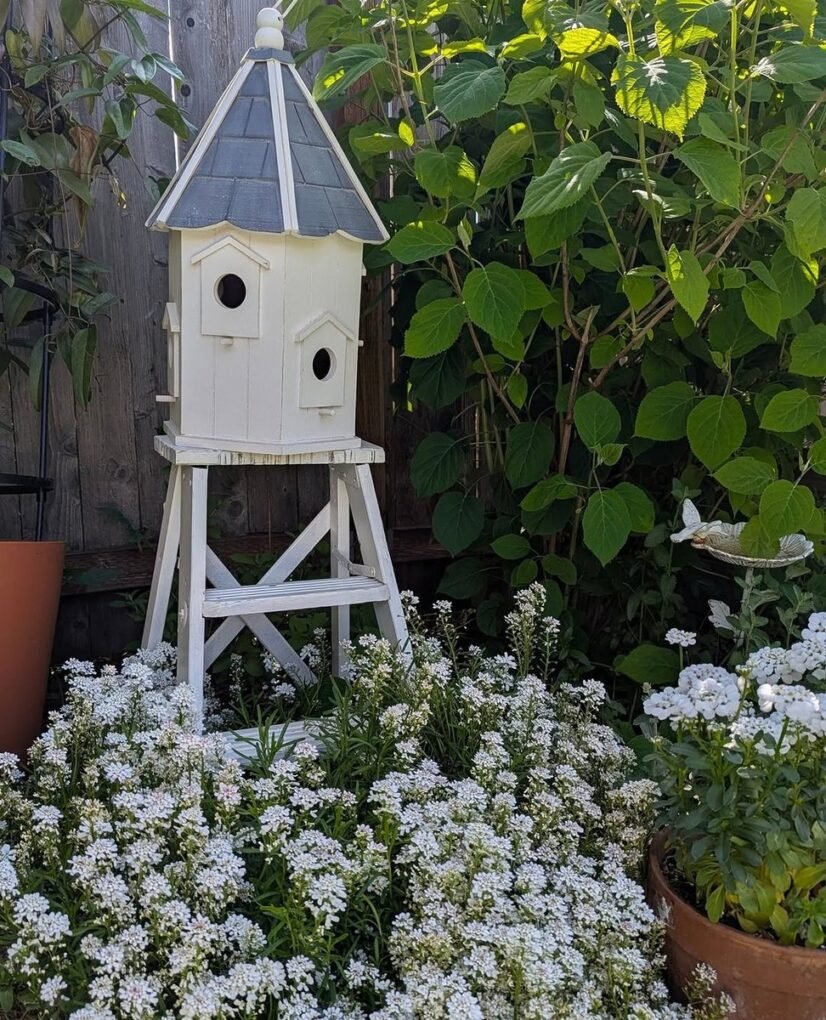
9. Ivy-Covered Trellis
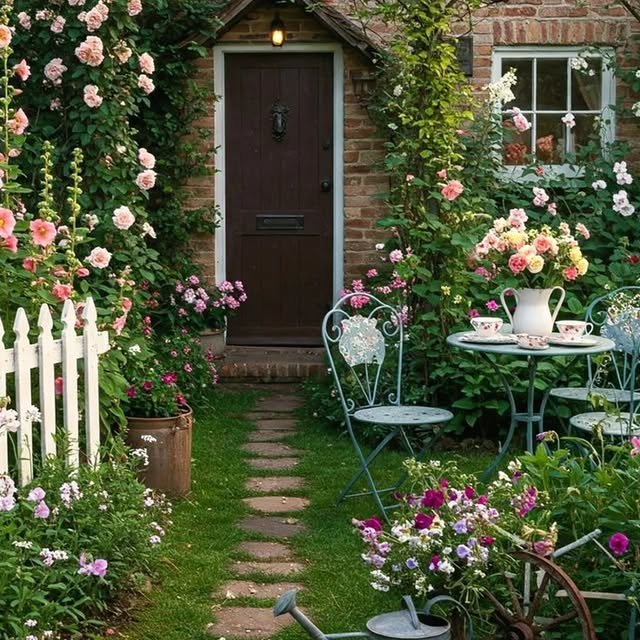
8. Gravel Courtyard
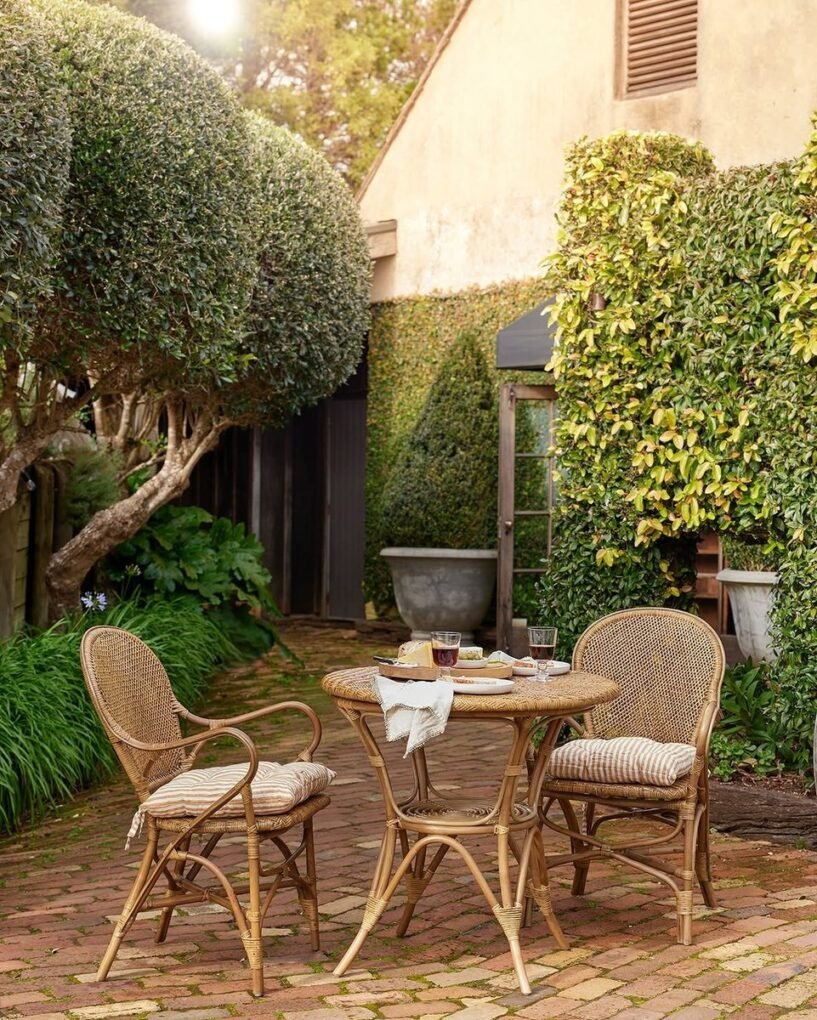
7. Clustered Pots
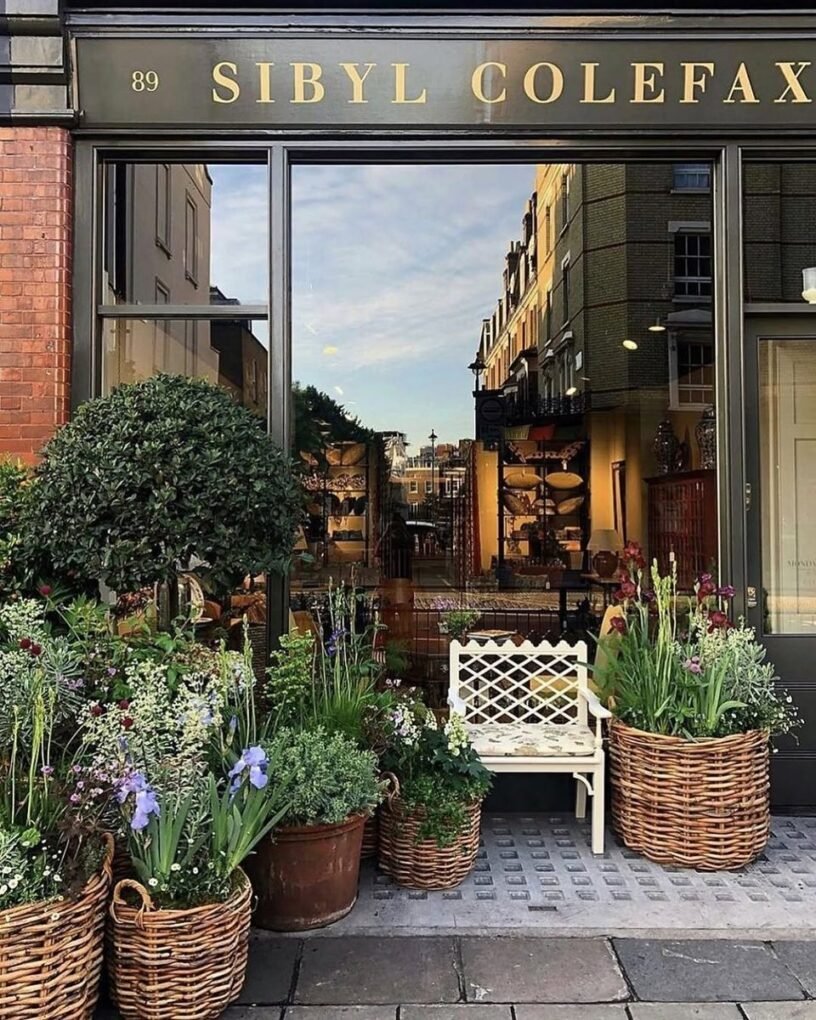
6. Shaded Reading Nook
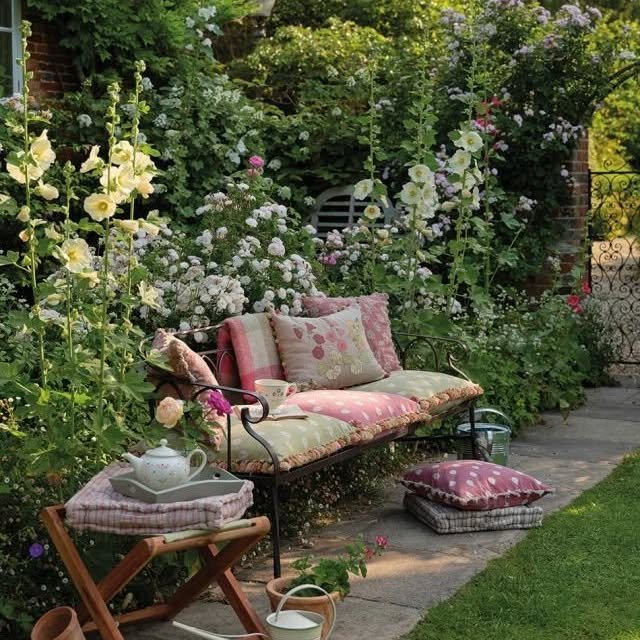
5. Climbing Roses on Arches
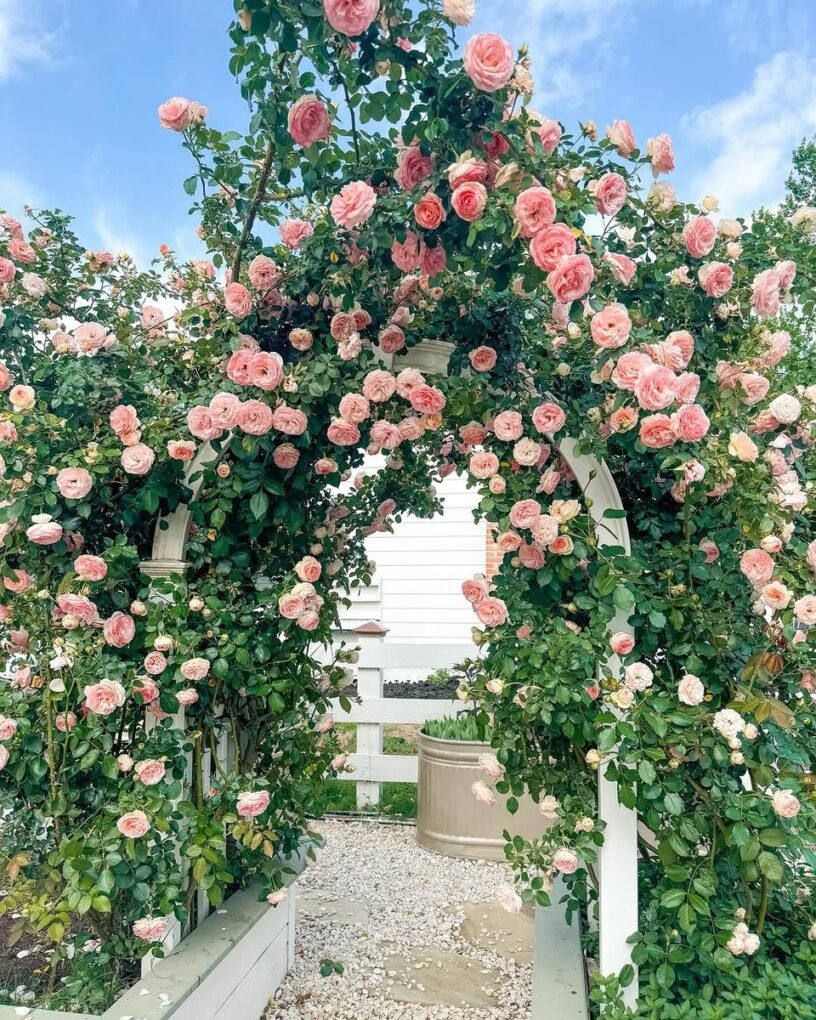
4. Gravel Pathways
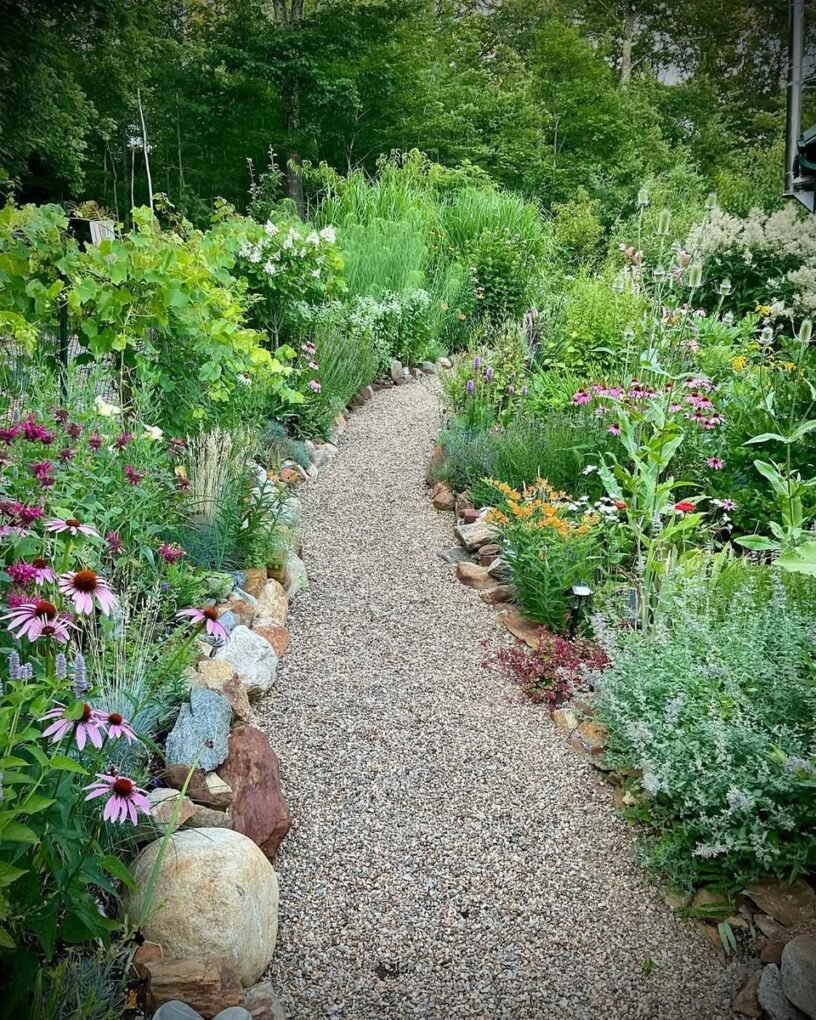
3. Vintage Garden Tools as Decor
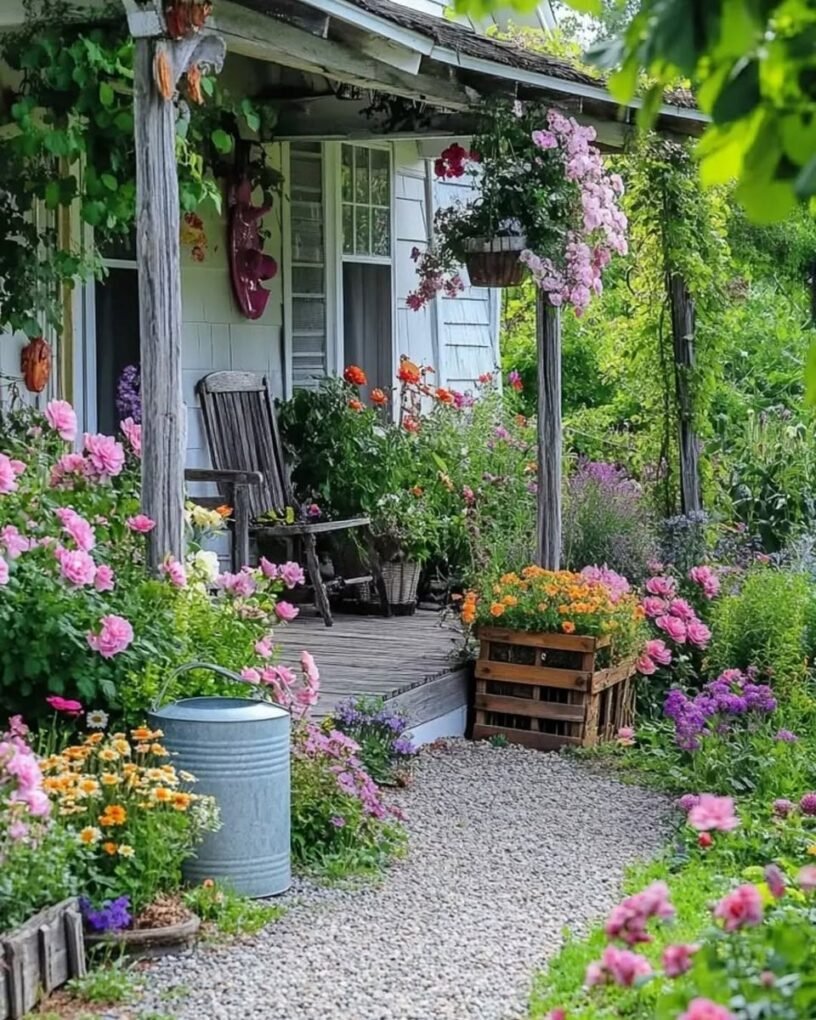
2. Honeysuckle on a Trellis
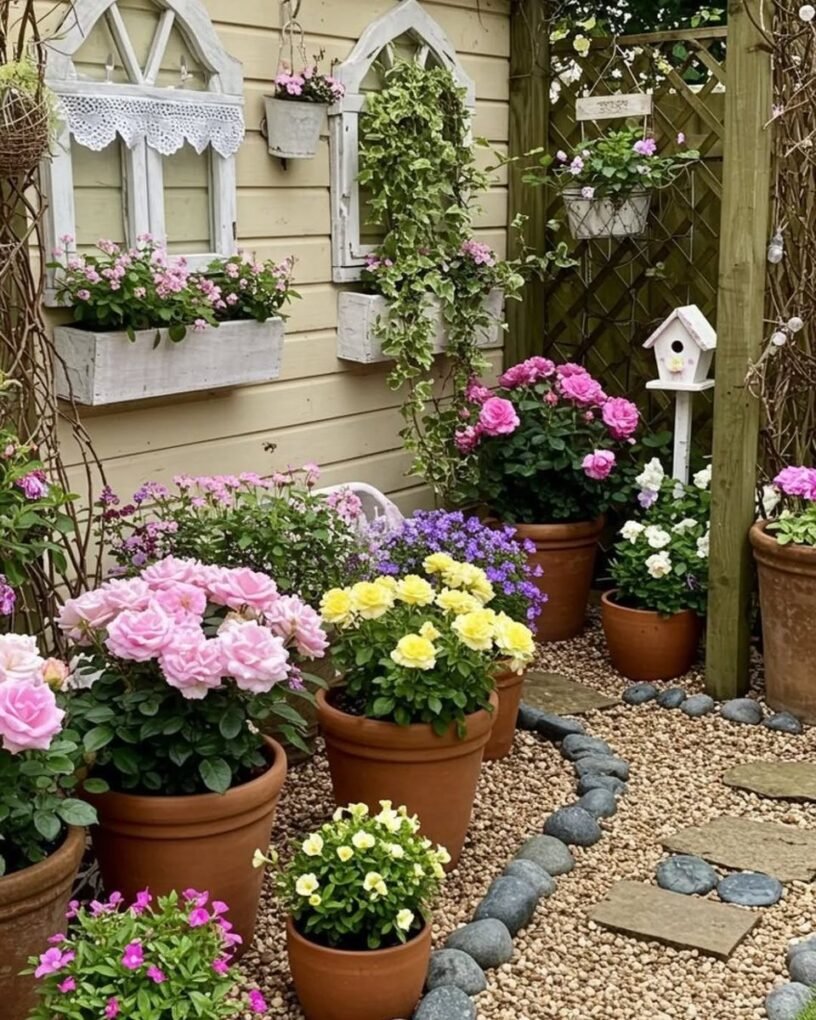
1. Weathered Stone Planters
